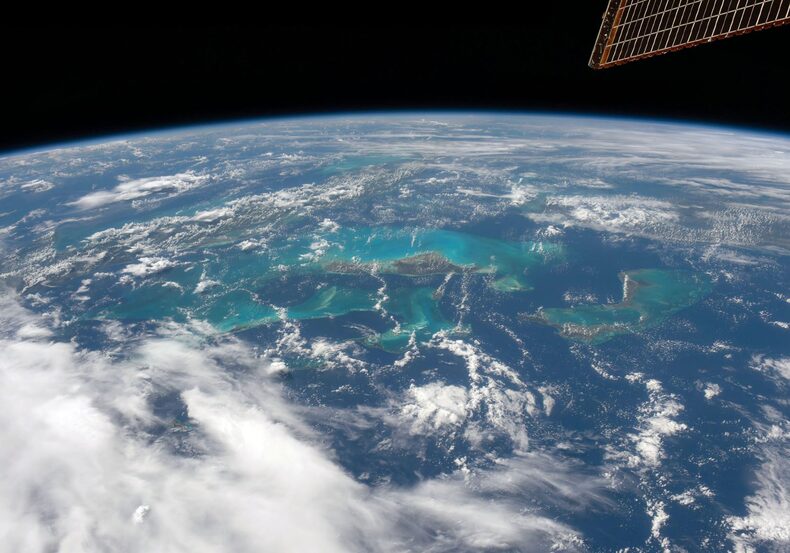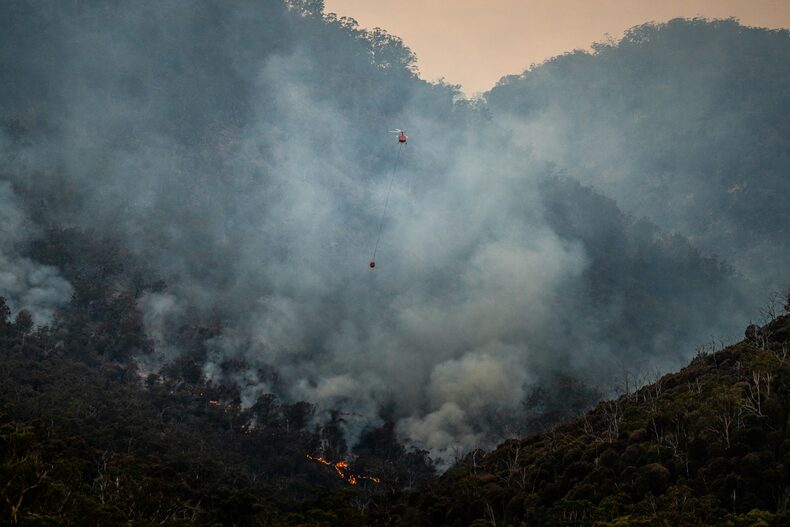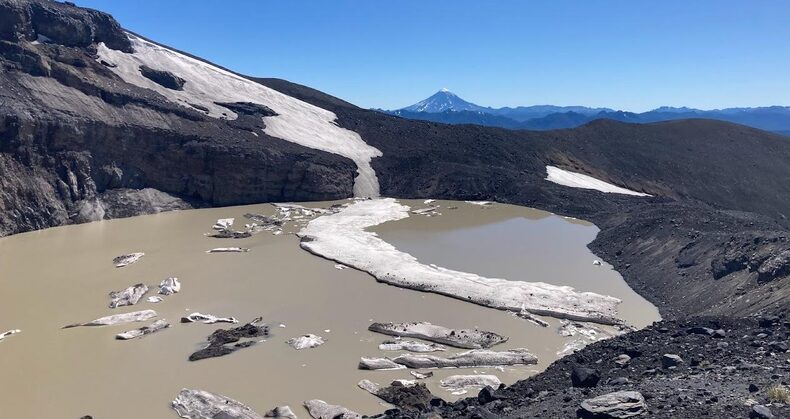The report is “another warning to current and future generations,” according to NOAA, as it explains the serious consequences the world is suffering from high temperatures and global warming, a picture that could worsen in the coming years.
Since last year, scientists have been warning that the world is under a heat unprecedented, breaking historical records and that it is necessary to act now, before it is too late. Now, a new report from the National Oceanic and Atmospheric Administration (NOAA) confirmed this fateful situation.
This is the 34th annual report on the state of the planet’s climate, led by NOAA scientists and published by the Bulletin of the American Meteorological Society (BAMS for its acronym in English). It draws on contributions from nearly 600 scientists from 60 countries.
The main conclusion of this report is that “Greenhouse gas concentrations, global land and ocean temperatures, global sea levels, and ocean heat content will reach record levels in 2023.”
Here’s what the document reveals and what it will mean for the rest of the world.

NOAA Confirms Record Temperatures Worldwide: What It Means
“This report documents and shares a surprising but well-established picture.” assured the director of National Centers for Environmental Information (NCEI) NOAA’s Derek Arndt.
“As I speak, we are living in a warming world, and the indicators and impacts are visible across the planet. The report is another signal to current and future generations. said the expert.
And the report, which provides an update of Earth’s climate indicators, notable weather events and other important environmental monitoring data, confirmed that Global warming is a reality and its consequences are uncertain, but imminent.
Along the same lines, scientists have discovered that The three main greenhouse gases in the Earth’s atmosphere are carbon dioxide, methane, and nitrous oxide. All three peaked in levels in 2023.
In addition, the temperature in the world has also recorded records never seen before: The global surface temperature was 0.55–0.60°C, above the 1991–2020 average.

“This makes 2023 the hottest year since records began to be kept, in the mid- to late 19th century, surpassing the previous record of 2016.”
In addition, Scientists have confirmed that the El Niño phenomenon, which accompanied us last year and lasted until early 2024, certainly contributed to the record temperatures not only in the atmosphere, but also on the sea surface.
The global average annual sea surface temperature in 2023 has surpassed the previous record set in 2016: on August 22, 2023, a temperature of 18.99 degrees Celsius was recorded, the highest ever recorded.
In addition, “Every month from June to December there was record heat.”
As NOAA explains, The ocean is what stores more than 90% of the excess energy trapped in the Earth’s planetary system by greenhouse gases and other factors. This is why ocean heat and global sea levels are said to have broken records for the highest temperatures recorded.

How Global Warming Affects the World According to NOAA
These previously established conditions, They have allowed heat waves and droughts to cause massive and violent wildfires around the world.
By the summer of 2023, nearly 15 million hectares had burned in Canada —an area twice the size of Ireland—232,000 people have been evacuated due to fire risks, and smoke from the fires has affected the entire country and nearby foreign cities such as New York, Chicago and parts of Western Europe.
In the meantime, In Australia, millions of hectares have also burned due to wildfires. while European countries, such as Greece, have also suffered from this intense catastrophe, caused by global warming.

In parallel, The Arctic is also a region hit hard by heat: it experienced its fourth warmest year in 124 years of recording. This caused the amount of ice to become the smallest in 45 years, a downward trend that has continued since 2012.
“The Arctic has been nearly ice-free for more than four years,” NOAA wrote.
For his part, Antarctic sea ice also reached record levels in 2023: in just eight months, sea ice extent (i.e. its coverage) and area were record highs. On February 21, 2023, the most severe historical ice minimum was marked.

NOW, Tropical cyclone activity was below average, but storms also broke records around the world. : In 2023, there were 82 named tropical storms, far fewer than the average of 87 storms between 1991 and 2020.
In addition, Seven tropical cyclones reached Category 5 intensity on the Saffir-Simpson Hurricane Wind Scale.
This is the most intense category and indicates winds exceeding 250 kilometers per hour, catastrophic damage (trees uprooted by the wind, roof damage, total collapse of small residences) and storm surges above normal.
“Globally, cumulative cyclone energy – a combined measure of the strength, frequency and duration of tropical storms and hurricanes – increased from the lowest level in 43 years of record in 2022 to above average in 2023.” concluded the NOAA article.
Source: Latercera
I am David Jack and I have been working in the news industry for over 10 years. As an experienced journalist, I specialize in covering sports news with a focus on golf. My articles have been published by some of the most respected publications in the world including The New York Times and Sports Illustrated.


